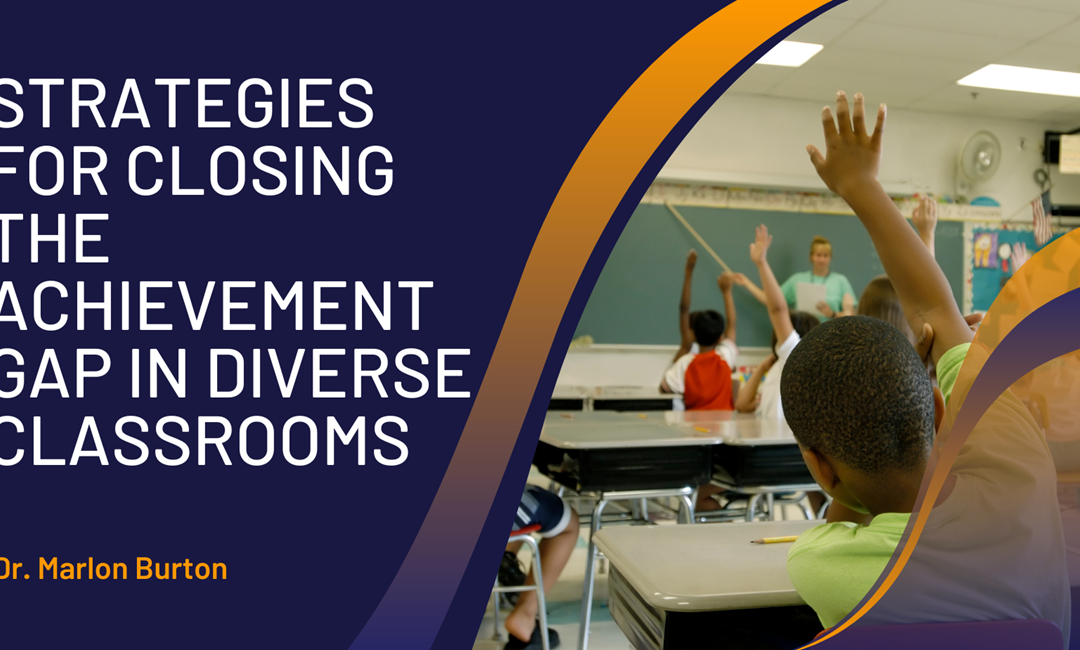The achievement gap in diverse classrooms remains one of the most pressing issues in education today. Students from various racial, ethnic, socio-economic, and linguistic backgrounds often face disparities in academic performance due to a range of complex factors. To close this gap, educators must adopt thoughtful and inclusive strategies that address these inequities while ensuring that all students have equal opportunities to succeed.
One of the most effective ways to bridge the achievement gap is by creating culturally responsive classrooms. This approach involves acknowledging and integrating students’ cultural backgrounds into the curriculum and learning environment. When students see themselves represented in what they are learning, they are more likely to engage and feel a sense of belonging. For example, incorporating literature, history, and examples from a variety of cultures into lessons helps students connect personally with the material, increasing motivation and comprehension. Additionally, culturally responsive teaching fosters an inclusive classroom where diversity is celebrated rather than seen as a barrier.
Another crucial strategy is differentiated instruction, which recognizes that students learn at different paces and have unique learning needs. By tailoring lessons and assessments to meet students where they are, teachers can ensure that both high-achieving and struggling students receive the support they need. This might involve using a variety of instructional methods, such as small group work, one-on-one tutoring, or technology-based learning tools, to address different learning styles. Differentiated instruction also allows teachers to challenge students appropriately without overwhelming them, promoting both academic growth and confidence.
Supporting social-emotional learning (SEL) is another important component in closing the achievement gap. Students from disadvantaged backgrounds may face additional challenges, such as trauma, poverty, or language barriers, that impact their ability to learn. Incorporating SEL into the curriculum helps students develop resilience, self-awareness, and emotional regulation, skills that are critical for academic success. When students feel safe, valued, and emotionally supported, they are more likely to take risks, participate in class, and persevere through challenges.
Effective collaboration between teachers, parents, and the wider school community is also essential. Family engagement plays a key role in a student’s academic journey, particularly for students from underrepresented groups. Schools can close the achievement gap by creating strong home-school partnerships, offering parents resources to support learning at home, and ensuring open lines of communication between teachers and families. Regular meetings, workshops, and bilingual communication tools can help bridge any cultural or linguistic gaps, making parents feel more involved in their child’s education.
Lastly, equitable access to resources is critical for closing the achievement gap. Schools must ensure that all students have access to high-quality materials, technology, and extracurricular activities, regardless of their socio-economic status. This may require reallocating funds or seeking partnerships with community organizations to provide additional resources, tutoring, or enrichment programs for underserved students.
By combining culturally responsive teaching, differentiated instruction, social-emotional support, family engagement, and equitable access to resources, educators can create inclusive learning environments that support all students and help to close the achievement gap. These strategies require commitment and collaboration, but they are essential steps toward achieving educational equity in diverse classrooms.

